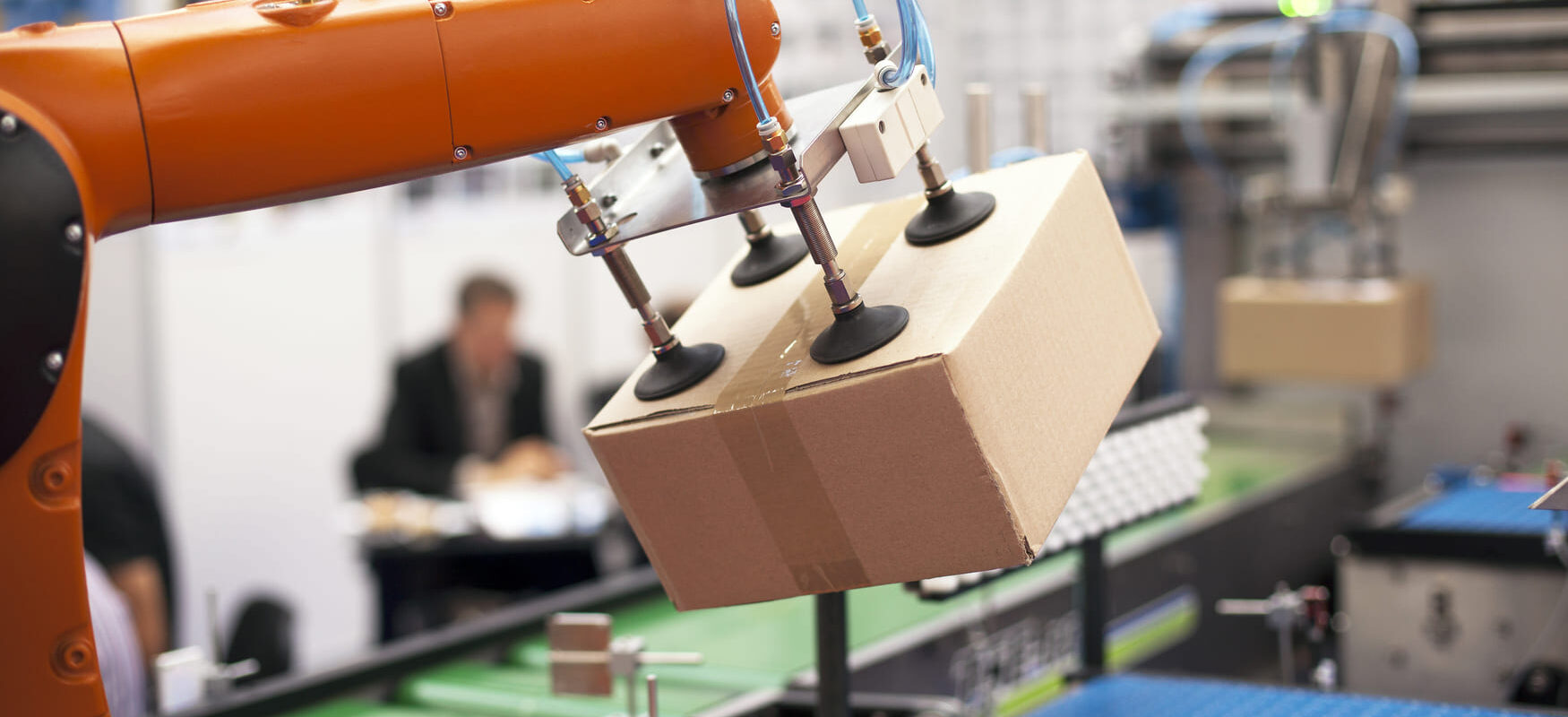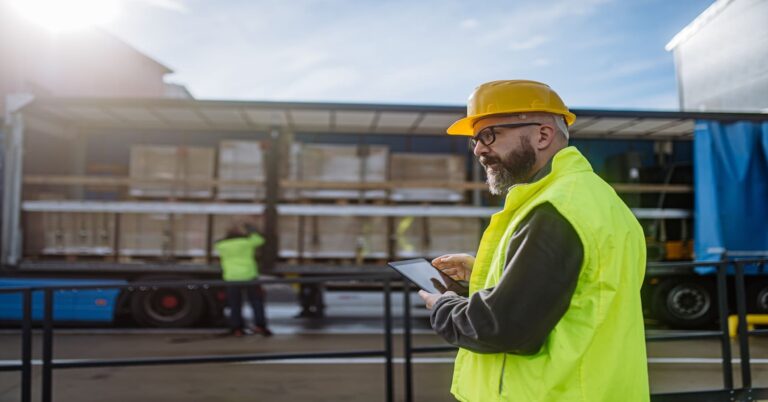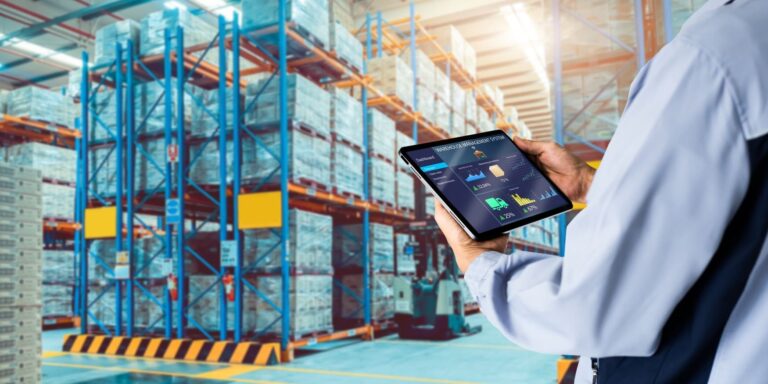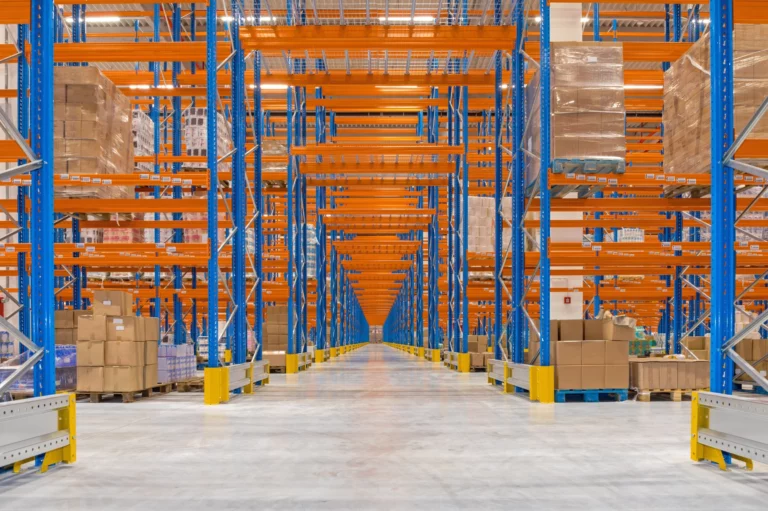Warehouse Picking Technology & Solutions to Boost Speed and Accuracy

In modern supply chains, warehouse picking technology has become a game-changer. Automated warehouse picking systems (warehouse picking solutions) use advanced tools to select and retrieve items, dramatically improving speed and accuracy. Traditional manual picking (workers walking aisles with lists) struggles to meet today’s high order volumes and customer expectations. This article explores the top automated picking systems and technologies that can boost throughput and accuracy in your warehouse.
Challenges of Manual Picking in Warehouses
Before diving into high-tech solutions, it’s important to understand why manual picking needs improvement. Warehouses that rely on purely manual processes face several challenges:
- High Error Rates: Human pickers can select wrong items or quantities. Even a 1–3% picking error rate can add up to thousands of incorrect orders, each potentially cutting into profits.
- Slow Picking Speed: Manual picking involves a lot of walking and searching. The average picker can only handle ~70 items per hour, which may bottleneck operations during peak seasons. Long travel times between picks slow down order fulfillment.
- Labor Costs and Shortages: Picking labor represents a large portion of warehouse operating costs (often 50–65%). With rising wages and frequent labor shortages or turnover, it’s costly and difficult to scale manual operations.
- Inconsistency and Fatigue: Workers may get tired or vary in performance, leading to inconsistent output. Fatigue also raises the risk of injuries from repetitive lifting and walking, causing downtime and added costs.
These challenges highlight why modern warehouses are turning to technology. By automating and guiding the picking process, companies can reduce errors, speed up fulfillment, lower costs, and improve safety.
Automated Warehouse Picking Systems and Technologies
Modern warehouses use many warehouse picking technologies. Below are some of the most effective automated picking systems and tools:
1. Barcode Scanning & Mobile Devices
Handheld barcode scanners and mobile computers are foundational automated picking tools. They replace paper lists by scanning item barcodes, instantly confirming each pick. This instant validation cuts mistakes and updates inventory in real-time. Compared to manual picking, using RF scanners can boost productivity by ~25%. In practice, barcode scanning ensures the right item is picked and speeds up fulfillment without extra labor.
2. Pick-to-Light Systems (Warehouse Picking Technology)
Pick-to-light uses light indicators on racks to guide pickers. When an order is active, lights blink at each item’s location and show how many units to pick. This visual cue minimizes searching and guesswork. Studies show pick-to-light systems can boost productivity by 30–50%, with accuracy often above 99%. These systems are ideal for high-volume, small-item orders, making picking intuitive and fast.
3. Voice-Directed Picking Systems
Voice picking technology equips warehouse workers with wireless headsets and a voice-enabled WMS. The system verbally guides the picker through each order: e.g., “Go to aisle 3, shelf B, pick 5 units of item X.” The picker speaks confirmations (like check digits or quantities) to verify each pick. This hands-free, eyes-free approach lets employees use both hands for picking and keep their eyes on the job instead of reading screens or paper. Benefits of voice picking technology in a warehouse include:
- Faster and more accurate picks: By freeing workers’ hands and eyes, voice directions help them move quickly and focus on the task. This can increase pick speed and accuracy significantly, often achieving 99%+ accuracy rates with the help of voice confirmations.
- Reduced errors: Real-time validation (sometimes combined with barcode scans) means mistakes are caught immediately. Voice-directed systems have been shown to reduce picking errors to near zero, one study noted accuracy up to 99.99% (about 1 error per 1,000 picks) with voice + scan. Fewer errors lead to fewer returns and happier customers.
- Short training time: New workers can be trained quickly since the voice system walks them through tasks step by step. Seasonal or temporary staff become productive faster, which is great for operations with high turnover or holiday surges.
- Improved safety and comfort: Pickers using voice tech can keep their eyes on where they’re walking and have hands free to handle items safely. There’s no need to juggle paper or devices while climbing ladders or lifting, reducing the risk of accidents. Voice systems also work well in challenging environments (freezers, low light) where screens might be hard to use.
Voice picking is especially useful in large warehouses with many SKUs (stock-keeping units) where other methods like pick-to-light would be less practical. It’s a flexible and scalable solution, adding more users is as simple as giving them a headset and login. Many modern distribution centers have adopted voice-directed picking to boost productivity by as much as 20-35% while greatly improving order accuracy and inventory records (since every pick is confirmed in the system).
4. RFID and Pick-by-Scan Systems (Automated Picking Technology)
Radio Frequency Identification (RFID) is another technology that can assist picking, though its primary use is in inventory tracking. In an RFID-supported picking system, items have RFID tags and sensors or reader gates detect if the correct item was picked (for example, a smart cart that confirms each item placed into it via RFID). While not as widely implemented as barcode scanning or voice, RFID can enable hands-free verification of picks without needing line-of-sight scanning. The benefit is similar, reducing mis-picks and speeding confirmation, but implementing RFID requires tag and reader infrastructure. Some warehouses combine RFID with “pick-to-cart” systems, where a cart’s screen shows what to pick and RFID verifies it instantly, further improving accuracy.
5. Automated Storage and Retrieval Systems (AS/RS) (Automated Warehouse Picking Systems)
AS/RS are high-density storage solutions with cranes, shuttles, or carousels that retrieve items automatically. In a goods-to-person setup, the system brings the needed bin or tote to a picking station. This eliminates picker travel time. AS/RS dramatically increase throughput (often 5×–10×) and save space (up to 85% floor-space reduction). They deliver items quickly and accurately around the clock. Though costly, AS/RS pay off in high-volume operations by massively speeding up picking.
6. Autonomous Mobile Robots (AMRs) and AGVs
Autonomous mobile robots (AMRs) and automated guided vehicles (AGVs) transport goods in the warehouse. For picking, robots can bring entire shelves or totes of products to a picker (goods-to-person) or follow pickers to carry picked items. By taking over travel and transport, AMRs cut down human walking. They can operate continuously and set the work pace. This boosts overall throughput and safety (robot sensors prevent collisions). AMRs are highly scalable: a warehouse can deploy a few robots and add more as needed, increasing capacity without the cost of additional labor.
7. Robotic Picking Arms and Cobots
Robotic picking arms use AI and machine vision to identify and grasp individual items. They excel at repetitive piece-picking tasks. Modern vision-picking robots handle varied shapes and sizes, working 24/7. Fully robotic arms can eventually eliminate the need for human pickers in some zones, yielding huge labor savings. Cobots (collaborative robots) work alongside humans, for example by picking heavy items or operating in tight spaces. Cobots improve speed and accuracy by handling strenuous or simple tasks, letting humans focus on complex picks. Together, these robots optimize picking while enhancing worker safety.
8. Vision Picking and Augmented Reality (AR)
Vision picking uses smart glasses or headsets to overlay digital instructions onto the picker’s view. Workers see arrows on the floor or virtual highlights on shelves indicating what to pick. AR systems can also display item images and check quantities in real-time. This hands-free visual guidance boosts accuracy and engagement. AR-guided picking trials report higher speeds and accuracy by giving pickers real-time visual cues and confirmation. While still emerging, vision picking showcases how AI and augmented reality can make picking more efficient.
Choosing the Right Warehouse Picking Solution
Each warehouse is unique, so the best system depends on factors like order volume, product mix, and budget. Some guidelines:
- Order volume & variety: High-volume operations often benefit from automation (e.g., batch picking, AS/RS, AMRs). Smaller or low-volume warehouses may boost manual picking with tools like scanners or voice systems.
- Product characteristics: Consider item size, weight, and diversity. For example, a goods-to-person system or AS/RS works well for small items, while large or bulky items may need manual or specialized handling.
- Accuracy requirements: For high-value or error-sensitive goods, prioritize systems with strong verification (voice+scan, pick-to-light, or AS/RS with barcode/RFID checks) to keep accuracy near 99%.
- Warehouse layout: Space and layout can favor certain solutions (e.g., cubic systems like AutoStore in small footprints, open layouts for AMRs).
- Budget and ROI: Balance upfront cost against long-term gains. Sometimes combining technologies (e.g., voice picking for most items plus a small AS/RS for fast movers) offers the best ROI.
Evaluating these factors helps select the right mix of warehouse picking technologies and automated systems.
In summary, modern warehouse picking technology and automated picking solutions are transforming order fulfillment. By tackling the limits of manual picking, from long travel paths to human errors, these systems allow warehouses to improve accuracy, accelerate throughput, and cut costs. Whether you start with barcode scanners and a strong WMS or invest in robots and AS/RS, adopting the right automated picking system for your operation will boost performance and customer satisfaction.
Frequently Asked Questions (FAQ) – OLIMP Warehousing
Q: How can automation improve picking efficiency?
Automated picking systems drastically increase throughput and accuracy. By streamlining item retrieval, they allow warehouses to handle far higher order volumes with less effort. Automation also optimizes space usage and reduces errors, ultimately improving customer satisfaction.
Q: How can I improve warehouse picking speed and accuracy?
Strategies include optimizing the warehouse layout, using a robust WMS, and deploying automated picking tools. For example, replace paper lists with barcode scanners or voice picking to validate each order, and use pick-to-light or AMRs to reduce travel. Well-trained staff using these technologies can significantly raise productivity and accuracy.
Q: What is a warehouse picking system?
A warehouse picking system comprises the methods, tools, and processes used to select and retrieve items from storage for customer orders. It can range from manual paper-based picking to fully automated systems with robots and software.
Q: What are examples of automated picking tools or systems?
Common examples are barcode scanners and mobile devices, pick-to-light modules, voice-directed systems, RFID readers, automated storage/retrieval systems (AS/RS), autonomous mobile robots (AMRs), robotic picking arms, and augmented reality (AR) glasses. These tools form part of automated picking systems that speed up and error-proof order fulfillment.
Q: Is automated picking technology suitable for all warehouses?
Yes. Most warehouses can benefit from automation at some level. Smaller warehouses often start with lower-cost solutions (like RF scanners, voice picking, or pick-to-light). Larger or high-volume operations may invest in robotics and AS/RS. The key is choosing systems that fit the operation’s size, order volume, and budget.
You may be interested in

Best Practices for Warehouse Receiving Processes
Warehouse receiving is the essential first step of warehouse operations – it covers everything from unloading inbound shipments to updating inventory records. In practice, warehouse receiving (sometimes handled in a dedicated receiving warehouse) means checking in, inspecting, and storing all goods as they arrive. A smooth receiving process ensures that products are accurately documented and […]

Improve Supply Chain Efficiency with Smarter Warehousing
Efficient supply chain management is essential for any business aiming to remain competitive in today’s fast-paced market. In this article, we will explore how optimizing warehousing plays a crucial role in enhancing supply chain efficiency. From inventory management to technological advancements, we will cover various strategies that can help streamline operations and improve overall performance […]

Pick & Pack Warehousing: A Complete Guide for E-commerce Order Fulfillment
In e-commerce, pick & pack warehousing is a core fulfillment process where warehouse staff selects (picks) ordered items from inventory and then places (packs) them into shipping boxes. After a customer places an online order, a warehouse management system (WMS) generates a packing list and assigns workers to pull the needed items. The items are […]
Ready to streamline your warehousing needs?
Request a quote today and discover how OLIMP's tailored solutions can optimize your operations